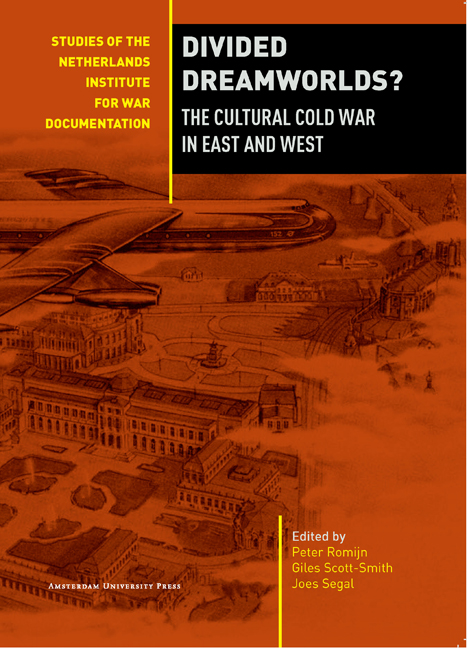Chapter 5 - The Dreamworld of New Yugoslav Culture and the Logic of Cold War Binaries
Published online by Cambridge University Press: 02 February 2021
Summary
‘We are following our own path into socialism, and we will not allow anyone, neither those in the East nor those in the West, to make us stray away from this path.’ This statement, taken from a speech delivered by the Yugoslav president Josip Broz Tito at the plenary session of the League of Communists of Yugoslavia (LCY) in 1954 (formerly the Communist Party of Yugoslavia), encapsulates what was then the guiding ideological principle of the Yugoslav federation. It also serves as an apposite starting point for discussing the theoretical and methodological limitations of thinking about the Cold War in terms of a rigid East-West divide. A narrative structured around a black-and-white conflict between two ideologically opposed blocks is obviously ill-suited to account for the history of post-World War ii Yugoslavia. In the years that followed the Tito-Stalin split in 1948, the Yugoslav political leadership embraced a new set of political and economic principles, centred on the ideal of ‘worker's self-management’ and premised on a rejection of ‘Soviet’ or ‘Stalinist’ models and a rereading of the classics of Marxism-Leninism. In line with this ideological reorientation, the Party was expected to abandon its role as the ‘commander’ and ‘direct operative manager’ of social, state and economic life, and instead dedicate itself to the ‘political and ideological work in educating the masses.’ Ensuing changes in the Yugoslav foreign policy, characterised by the country's prominent involvement in the Non-Aligned Movement, followed a similar logic, and can be seen as a balancing act aimed at eschewing the logic of bloc politics.
Shifts in the realm of cultural policies were based on the same template. Already in 1949, Yugoslav communist authorities came to the conclusion that the old approach, aimed at changing popular consciousness and instituting new cultural values with the help of ‘administrative means’, was misguided, and had to be replaced with a less intrusive and prescriptive approach to culture, more amenable to ideological pluralism
- Type
- Chapter
- Information
- Divided Dreamworlds?The Cultural Cold War in East and West, pp. 97 - 114Publisher: Amsterdam University PressPrint publication year: 2012



